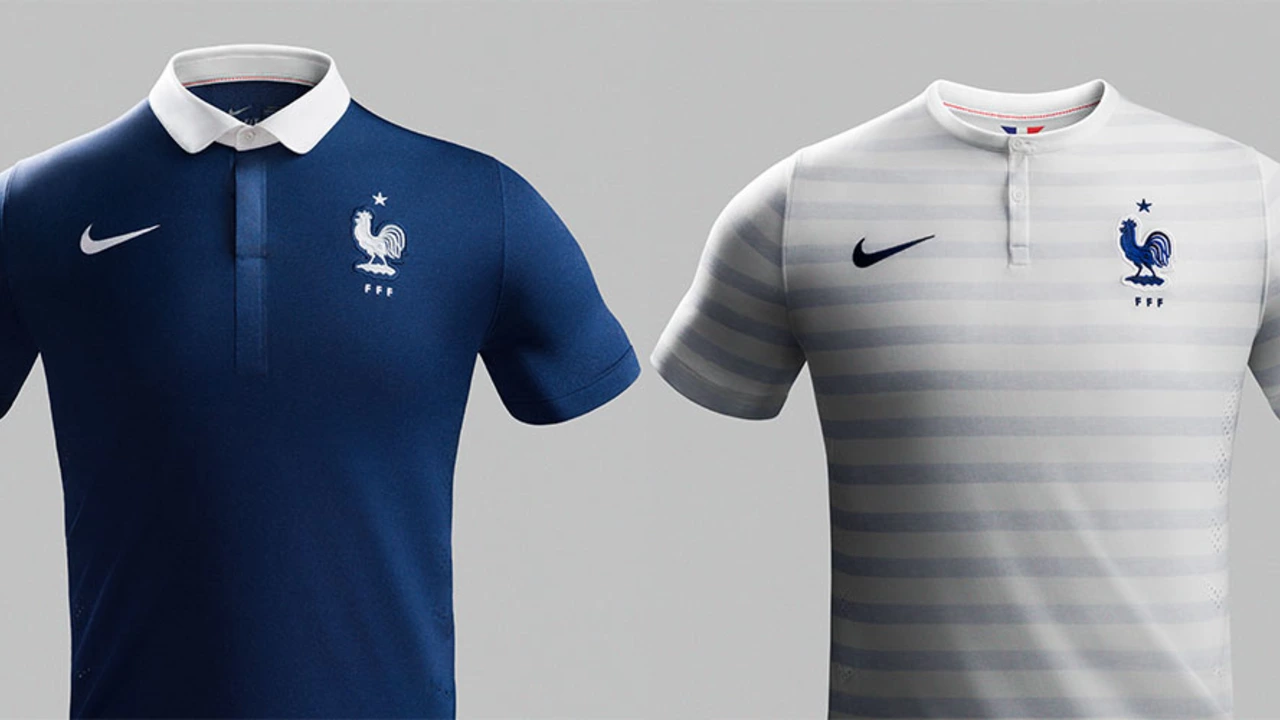Buy the Right Soccer Gear Without Guesswork
Ever walked into a shop and felt lost among a sea of cleats, balls and shin guards? You’re not alone. The good news is you don’t need a degree in sports science to pick the right stuff. Below is a straightforward guide that walks you through the most important things to check before you hit “add to cart”.
Know What You Need First
Start by answering three simple questions: What position do you play? How often do you train? What surface do you use most? A forward who plays on firm grass will feel different in a pair of firm‑ground boots compared to a midfielder who trains on artificial turf. If you’re a casual player, you can save money by choosing a versatile, all‑ground model that works on most pitches. Knowing your basic needs narrows the list dramatically and stops you from falling for fancy features you’ll never use.
Check the Basics Before the Brand
Brand name can be tempting, but the real deal is comfort, fit and durability. Here’s a quick checklist:
- Fit: Slip your foot in and feel the toe box. It should be snug but not cramped. Walk a few steps; there shouldn’t be any sliding.
- Material: Leather offers a great feel but needs break‑in time. Synthetic uppers are lighter and dry fast, perfect for rainy days.
- Stud pattern: Firm‑ground (FG) studs are for natural grass, while artificial‑ground (AG) studs are shorter and spread the load better on turf.
- Support: Look for ankle support if you have a history of twists. Some boots have a reinforced heel cup that adds stability.
When you compare these points across a few models, the best choice usually stands out without needing to scroll through endless reviews.
Next, think about accessories. Shin guards are non‑negotiable – pick a size that covers the shin fully and stays in place with straps or a slip‑in design. A quality ball matters too; a size‑5, machine‑stitched ball will last longer and keep its shape even after many kicks.
Finally, set a budget. Good gear doesn’t have to break the bank. Look for end‑of‑season sales, online discounts, or older versions of popular models. They often retain most performance features while costing a fraction of the latest release.
Remember, the cheapest option can end up costing more if it wears out quickly. A balanced approach – decent price, solid fit, and the right material for your play style – gives the best value.
Use this guide each time you shop, and you’ll walk away confident that you bought gear that helps you play better, not just looks good on the shelf.
